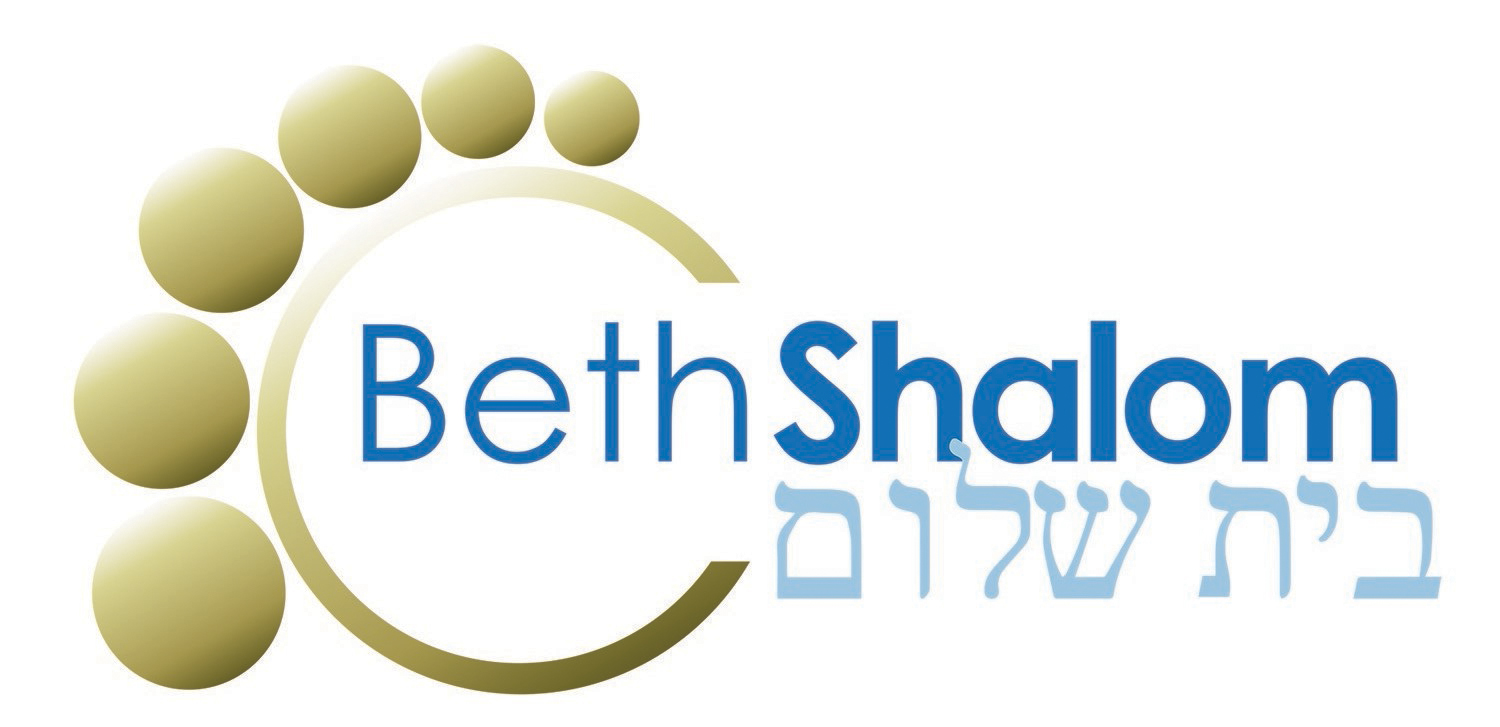Who Is Preserving Our Media? Originally Published January 31 - February 1, 2020.
We Jews have been extremely meticulous in preserving and conserving our books and writings: for instance, each Sefer Torah is copied by hand in special ink on parchment made from kosher animal skins with special formatting. But what about our popular media? What about those creative work products that are specifically Jewish in nature? Read on!
Back in 1980, Aaron Lansky, then a graduate student of Yiddish literature, needed books to read. So he asked, and folks gave their Yiddish books generously, to provide a chain of custody for their treasures, ledor vador. Many books had been going to dumpsters: huge numbers of irreplaceable books were being discarded by Jews who were unable to read them, so Mr. Lansky organized. The Yiddish Book Center has rescued over a million volumes - some by donation and many by zamlers, book collectors, whisking them from destruction - all around the world. The Book Center restocks libraries, and with the establishment of the Steven Spielberg Digital Yiddish Library in 1997 they have digitized 12,000 works to date, available online free of charge. They have essentially rescued a literature - our literature - from extinction. Based in Amherst, Massachusetts, they offer summer Yidstock concerts, internships and classes, translation, oral history, and exhibits, and have begun conserving music, too.
And then there is the National Center for Jewish Film. Much as the Book Center has done, the NCJF collects, preserves, and exhibits films with artistic and educational value relevant to the Jewish experience. Founded in 1976 and owning 15,000 reels of feature films, documentaries, newsreels, home movies, and institutional films dating from 1903 to the present, the NCJF has restored more than 100 rare and orphan films, including 44 Yiddish films. Based at Brandeis University, they are a primary source of fodder for Jewish film festivals.
In 1985, musician and social historian Henry Sapoznik literally tripped over a pile of old records in a New York City storage room. Those 1930s and 1940s Yiddish radio programs prompted him to spend the next 17 years seeking more. His story and others have been documented on NPR’s Yiddish Radio Project, a ten-installment series from 2002 produced by David Isay (the creator of StoryCorps). It is online and well worth the listening.
Meanwhile, the American Society for Jewish Music has established a partnership with the Jewish Music Research Centre at Hebrew University in Jerusalem. They are dedicated to the documentation, research, and publication of scholarly materials about Jewish music. The Institut Européen des Musiques Juives has been conserving 19th century cantorial and choral music that was transcribed and is now decaying in France. And there are so many others.
As for visual art, the Jewish Virtual Library has been documenting online Jewish art through the ages (lots of words, few pictures), and there are museums around the world, such as the Umberto Nahon Museum of Italian Jewish Art in Jerusalem, which have been conserving and restoring specifically Jewish works, both sacred and secular.
And this week’s news finds YIVO, preservers and studiers of Jewish history and culture, with financial concerns.
Yes, we are the people of the ancient books, but we go far beyond. We have always been a very expressive people.

